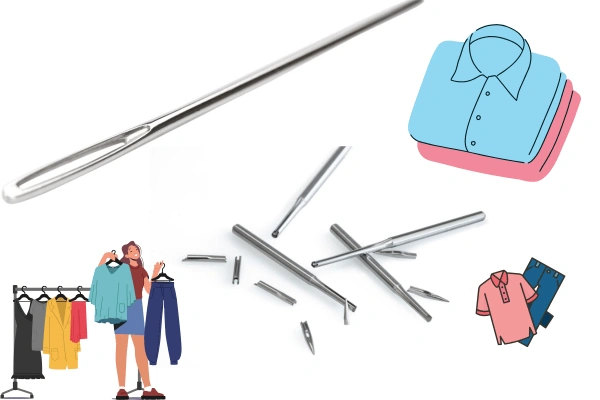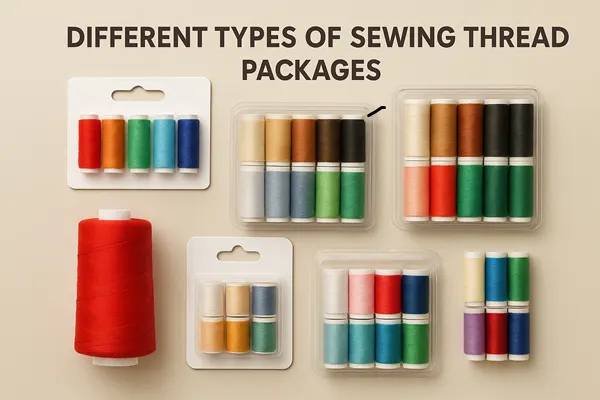Broken Needle Control Policy of Apparel Industry
Broken needle control is the main safety checklist work for garment consumers. Very sensitive and careful control should be done here as safety first is the main requirement of garment buyers. The needle controls described below apply to all possible sources of metal and needle contamination in production, including, but not limited to, sample rooms, cutting, sewing, packaging sections (tagging gun needles), and the embroidery section. Here, we present the Broken Needle Control Policy of the Apparel Industry.
To prepare high-quality garments, we need excellent fabrics, good style preparation, and the comfort of the user. To protect the human body from any harm, we have to check the Garments thoroughly after preparation from any needle. For that, we need a policy that is laid down. Broken Needle Control Policy in the garments industry in the following point by point:

The description of Broken Needle Control Policy:
- Keep all needles under the control of the floor supervisor, who is responsible for issuing and replacing needles.
- Establish and document a needle change process for replacing broken, damaged, and worn needles.
- A written record must be maintained recording what type of needle is broken and who is depositing.
- A separate needle-issuing record must be maintained also.
- The broken needle with its part must be preserved separately in a register.
- Garments after preparation must be checked thoroughly in a Needle Detector Machine for any unseen needles.
- A separate form must be maintained to keep a record of hourly broken needles.
- A separate check unit must be maintained by a specified person. So that there is no anomaly in preserving the broken needle.
- Keep spare needles (new or used) in a locked/secure location accessible to the authorized person only; do not allow spare needles to be in the possession of sewing operators.
- Make sure that all pieces/fragments of a broken needle are found and taped/secured in a broken needle log with the date, machine number, operator’s name, line number, needle type, etc.
When a needle breaks, the operator must take the following steps:
- Stop production and inform the supervisor.
- Locate all fragments of the broken needle. If all fragments of a needle
cannot be found, quarantine the product. - Examine the product in a designated metal-free area with the use of hand
held and conveyor-type metal detectors. - If all fragments are found and the product passes metal detection, it can be
returned to the production area. - If the fragments cannot be found and/or the product does not pass metal
detection, the product being sewn must be “ragged” (that is, cut so that it
cannot be brought back into production), and then stored for six months to be examined by the Product Safety audit team. After six months, the ragged product may be discarded. - Update the broken needle log.
- The supervisor must replace the broken needle and update the needle
receiving/distributing records that must reconcile with the broken needle
logs and needle-issuing logs from the storage area. - Resume production
- Sewing machines that are not in use must not be equipped with needles. The needles must be retrieved by the supervisor, logged in, and securely stored.
- Keep needle records at the factory for a minimum of one year and make them available for auditing purposes. Since these records contain needles and needle fragments, they must be stored away from the factory floor in order to prevent potential product contamination.
- After a year, old needle records must be destroyed safely, off the factory premises.



